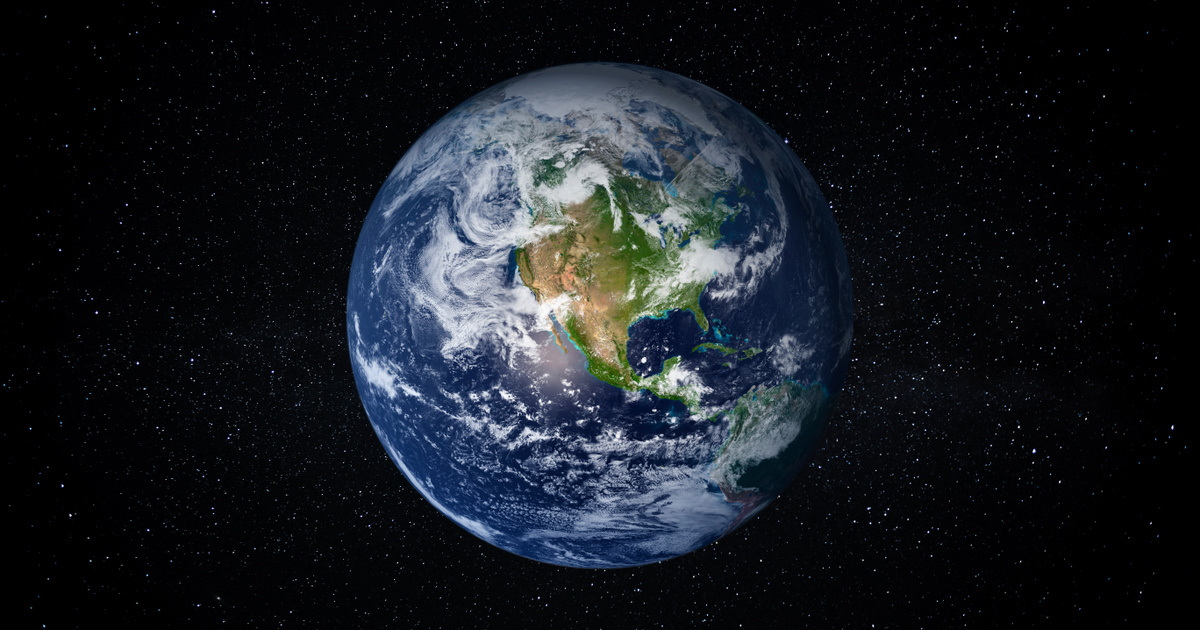The researchers discovered four fleas around a star, one of which is located in the system’s habitable zone.
We have evidence of an Earth-like planet in the system’s habitable zone
– said Olivier Demangon, a researcher at the Institute of Astrophysics at the University of Porto in Portugal, lead author of the study presenting the results. According to the expert, the discovery of an Earth-like celestial body outside the solar system could be an important step in afterlife research.
This planet may have an atmosphere capable of supporting life
said Maria Rosa Zapatero Osorio of the Center for Astrobiology in Madrid.
The studies were carried out with the European Southern Observatory (ESO) Very Large Telescope (VLT) in Chile. In addition to the above, the researchers also identified a planet in the habitable zone that could most likely be the so-called ocean planet: up to 30 percent of its mass could be water.
They said the other two planets, which orbit the star L 98-59, are likely dry, but may contain small amounts of water. The researchers also hypothesize the existence of a fifth planet, which may also be far enough from the star to have water on its surface.
Astronomers were also greatly helped by ESPRESSO (Echelle Spectrograph for Rocky Exoplanets and Stable Spectroscopic Observations) in these discoveries.
Without the accuracy and stability provided by ESPRESSO, this measurement would not have been possible. This is a step forward in being able to measure the mass of the smallest planets outside the solar system.
– Maria Rosa Zapatero Osorio quotes from the scientific publishing portal Phys.org.












































